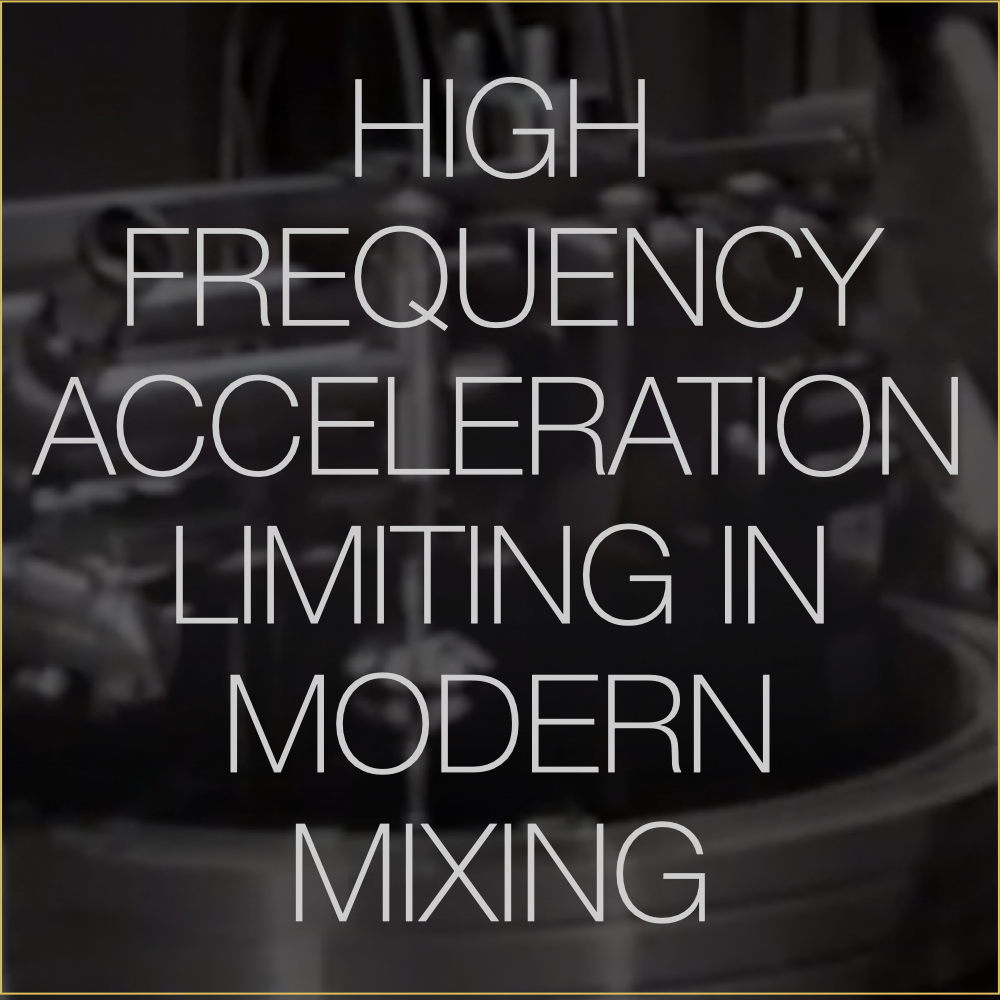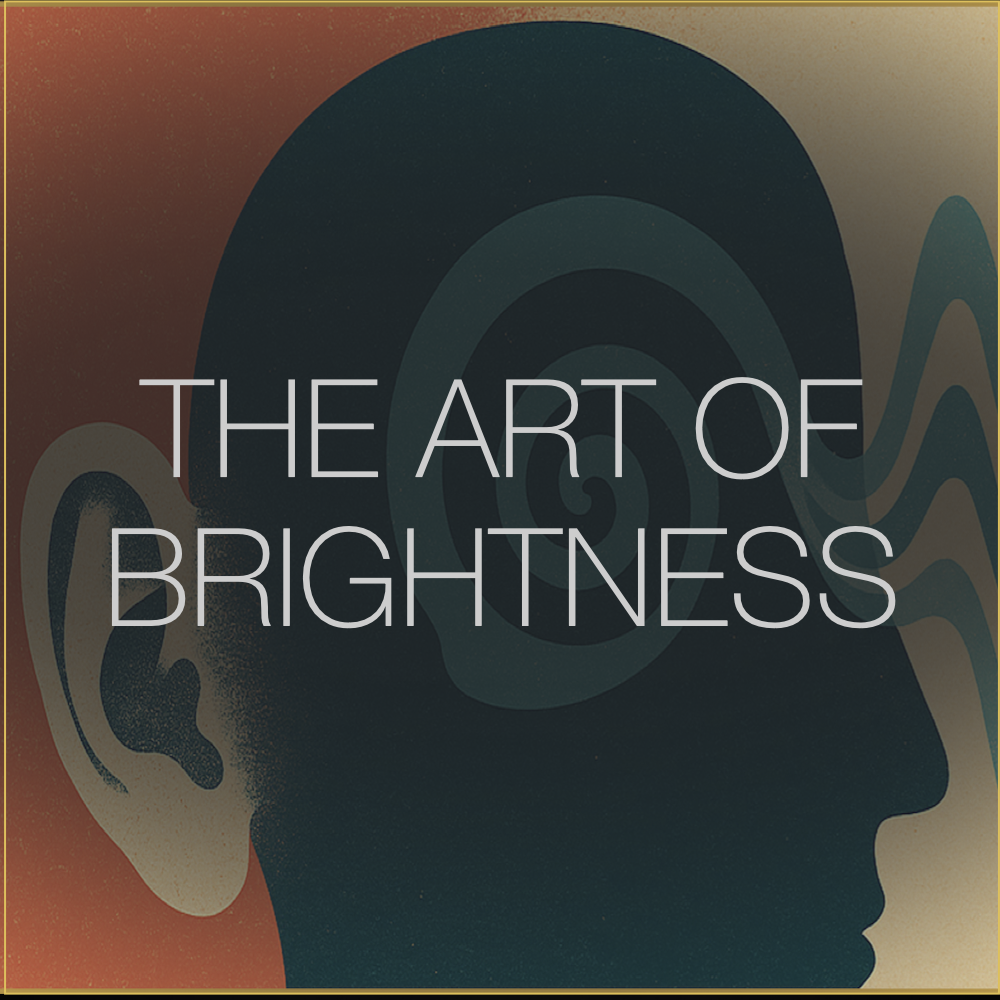Where I Put HiFAL in My Master Chain (And Why)
HiFAL is a tool designed to control the tonality, shape and balance of the high frequencies in your mix.
When deciding where to place HiFAL in your master chain, there are a few things to keep in mind. As you make a master louder, the overall balance often changes, usually getting brighter. A limiter’s gain reduction tends to respond dynamically to low frequencies and this can push the mids and highs forward in the mix. The louder you go, the more the upper frequencies are emphasized and the lows are suppressed, often leading to a buildup of intermodulation distortion as the low end triggers excessive gain reduction. These are the side effects of loudness processing that we do not like to hear in our masters. Intermodulation distortion occurs when multiple frequencies interact during limiting to produce new, non-harmonic tones that can sound harsh or muddy.
By controlling the dynamic range of the mid and high end separately and stabilizing them, you reduce how much those frequencies fluctuate in response to low-frequency energy hitting the limiter. That means when the limiter is reacting to bass transients, the high frequencies are not being pushed up and down as dramatically, which slightly reduces intermodulation distortion and helps the high end stay more natural sounding.
Recommended Placement
In most cases, I place Gold Clip first and HiFAL right before the final limiter.
Before your final limiter, you might already have tools like a clipper, compressor, EQ, or saturator. I typically start my master chain with Gold Clip or Orange Clip because they allow me to set precise gain staging for everything that follows. With their ceiling control and linked input/output, I can establish an exact level into the rest of the chain while adding a touch of loudness and tone through Orange Clip’s wave shaping or Gold Clip’s Alchemy and Gold processors.
Placing HiFAL right before the final limiter helps manage brightness in two ways. HiFAL’s gain reduction adaptively controls transient spikes in the high frequencies, keeping the top end smooth as it feeds into the limiter. The trim control works statically, allowing you to fine-tune the balance of the high end in relation to the low end before final limiting. If loudness processing starts to make the record feel brighter, you might want to back it off, but you can also try to reduce the trim control to counter that effect.
This master chain placement of HiFAL also helps reduce intermodulation distortion during loudness limiting. Because most limiters operate in full-band mode, low-frequency hits (kick and bass) can trigger gain reduction that pulls the entire mix down—causing the highs to surge forward between releases. By reducing excessive high-frequency spikes through acceleration limiting, HiFAL smooths those fluctuations and keeps the top end stable and musical.
I suggest setting the threshold during an average loudness section of your song. Adjust it until the first gain reduction bulb is gently pulsing. When louder moments hit or multiple high-frequency elements stack, like a vocal consonant, hi-hat, or crash, you’ll see short bursts of faster limiting around 2 to 6 dB of quick gain reduction. Then it settles back smoothly to about 0 to 1 dB. That’s the sweet spot.
Alternative Placements
In some cases, I’ll sandwich two limiters together and use the headroom between them to dynamically shape the master. The first limiter handles the gain reduction and runs with a lower ceiling, around -0.5 dB. The second limiter, set to about -0.1 dB, simply catches any peaks that slip through, but this limiter does not add any gain. This setup creates a small window of headroom between the two limiters where additional processing can occur. I sometimes place HiFAL here to control any brightness introduced by the first limiter. I often add other processing in this window as well, but more on that in another post.
To be honest, there are no rules. I consider HiFAL a ‘do no harm’ processor. It can go anywhere, and as long as you set it correctly, it will work.
Some users prefer to place HiFAL first in their chain to shape the high end before any other processing. That can work too, but I find HiFAL most effective near the end of the chain playing cleanup and acting as a protection stage that keeps the high frequencies smooth, balanced, and consistent as the mix hits the final limiter.
If you want to learn more about HiFAL check out the 11 part video series below.
Tag me on my @SchwabeDigital instagram and let me know what you think..
Be well,
Ryan Schwabe
Grammy-nominated and multi-platinum mixing & mastering engineer
Founder of Schwabe Digital






















